
As you may know from my previous posts or your own knowledge of Peruvian history, northern Peru is home to some of the finest and significant archaeological sites in the world. Recently we traveled north from Huanchaco to the city of Lambayeque, home to the ruins known as Sipán, another part of the ancient Moche culture.
In 1987, word began to spread among the locals of Northern Peru that treasure had been found. When archaeologists arrived several months later to investigate, what they found sent shockwaves through the archaeology community around the world. Several tombs had been unearthed, and resting in these tombs were the two Lords of Sipán, who had ruled within approximately 300 years of each other. While this alone is a major find, what these dead rulers had taken with them to the afterworld was even more incredible. Gold… lots and lots of gold.
These Lords of Sipán were buried in their finest gold headpieces, gold and turquoise earrings and nose rings, gold breastplates and cod pieces, and even gold sandals. They wore elaborate necklaces made of intricate shell beads and clothing of delicate, finely woven fabric. They also took to their graves an entourage consisting of guards, flag bearers, wives, children, concubines, dogs and llamas.
One of the more interesting aspects of this find is that the two Lords were buried in the same tomb, the elder beneath the younger. DNA testing was done on the bones to prove that they were indeed related, solidifying the idea that leadership was inherited. Also interesting was the fact that bone density testing performed on the younger Lord of Sipán indicated that he had advanced osteoporosis in his late thirties, most likely due to the fact the he was carried everywhere he went.
While the tombs themselves are fascinating, the crowning jewel of this experience was the Royal Tombs Museum of Sipán. This place is virtual fortress as it houses all of the gold, jewels and artifacts that were taken from the tombs and security is very tight. The design of the building and the layout and lighting of the artifacts is simply spectacular. As you wind your way from the top of the four floors to bottom, much as the layers in the actual tomb were constructed, the magnitude of the treasure becomes more and more incredible. This museum is truly one of the finest I have ever seen.
One of the more interesting facts about the discovery and recovery of these artifacts, aside from the fact that the Spanish never found it, is that the sites were looted. When archaeologists and the Peruvian government became aware of this, they persuaded the Lambayeque locals to return what they had taken, then employed them as guards, excavators and research assistants, thus providing employment for hundreds of people. Also, since 1988, many pieces have been recovered from the black market, seized at the Lima and Miami airports, found at auction at Sotheby’s, and were even part of an FBI sting operation in Philadelphia. Today, no foreigners are allowed to work in the tombs, however some pieces may be sent out of the country for restoration.
Visiting this wonderful place has been the highlight of my journey in Peru, even more so because it is not well known . As I become more and more aware of the history and culture of this amazing country, I am thrilled to be here, to see this, to marvel at the magnitude of the Moche culture and the impact it had on all of South America.
NOTE: The photos of the artifacts were taken at the Museo de Sito Sipán, which houses reproductions and lesser quality artifacts, and thus allows photography.

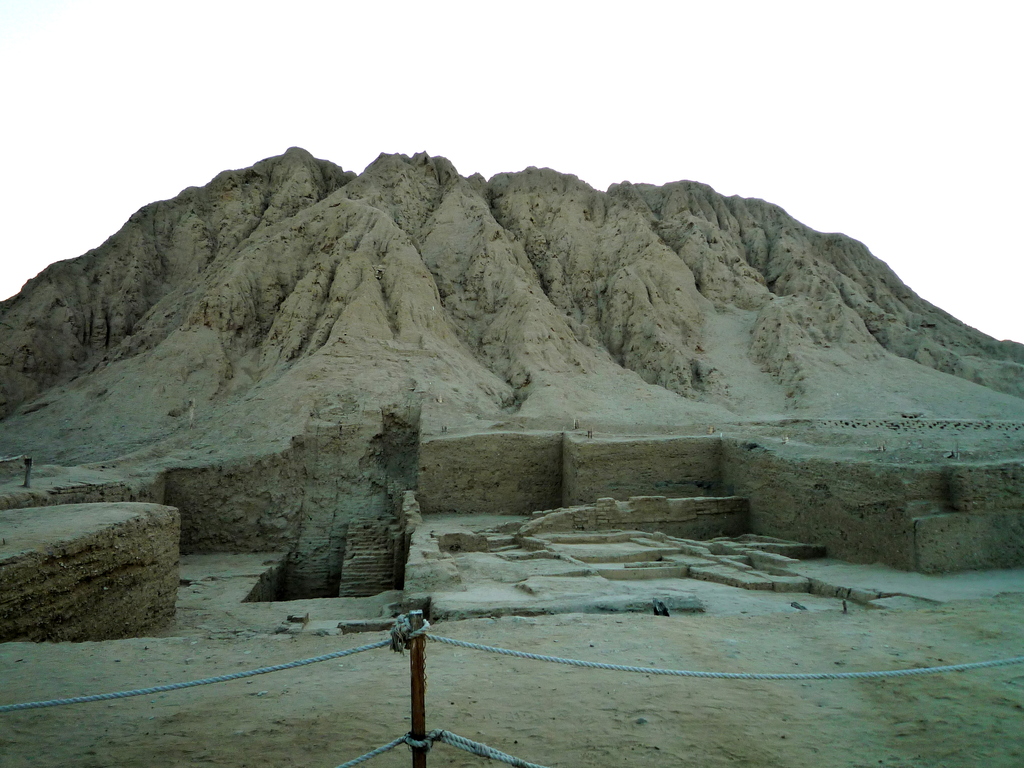
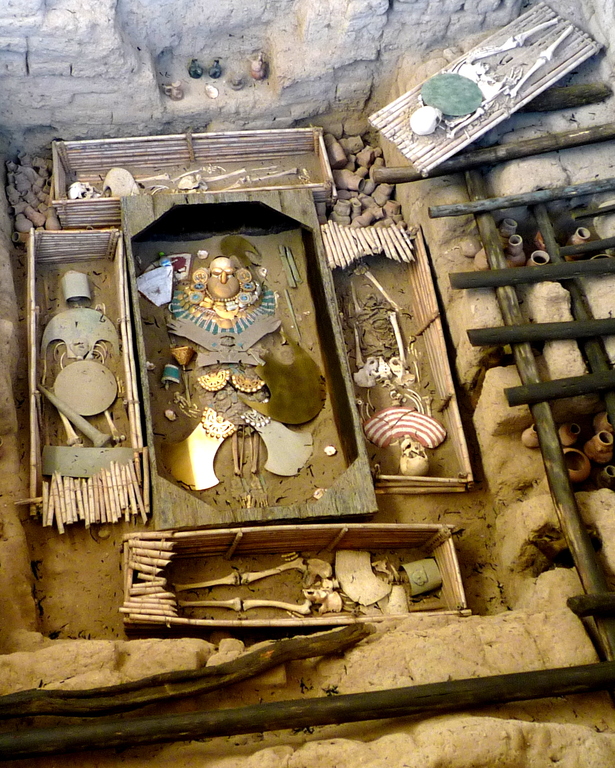
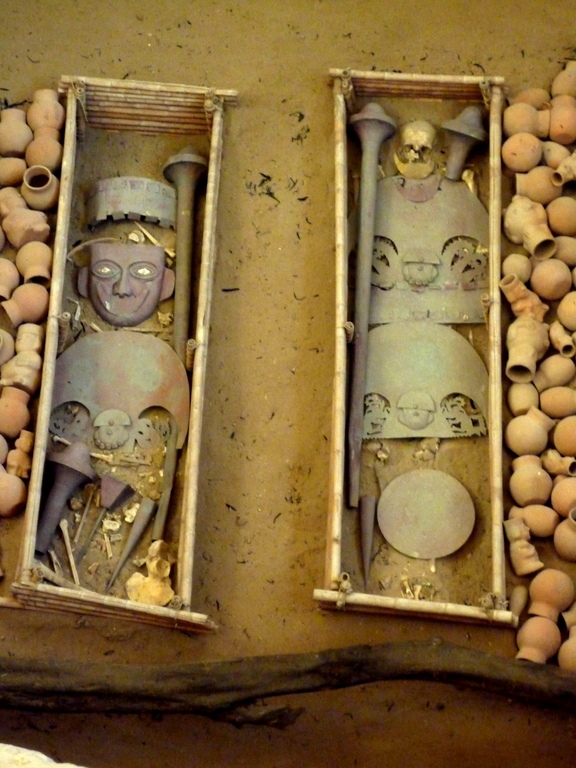
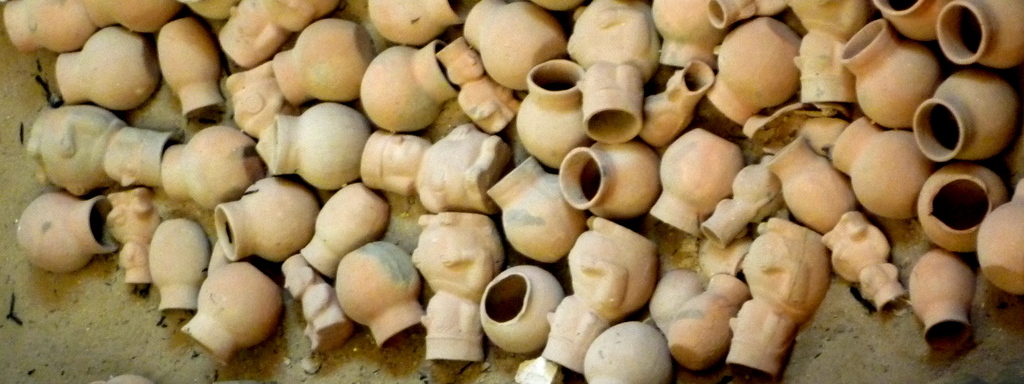
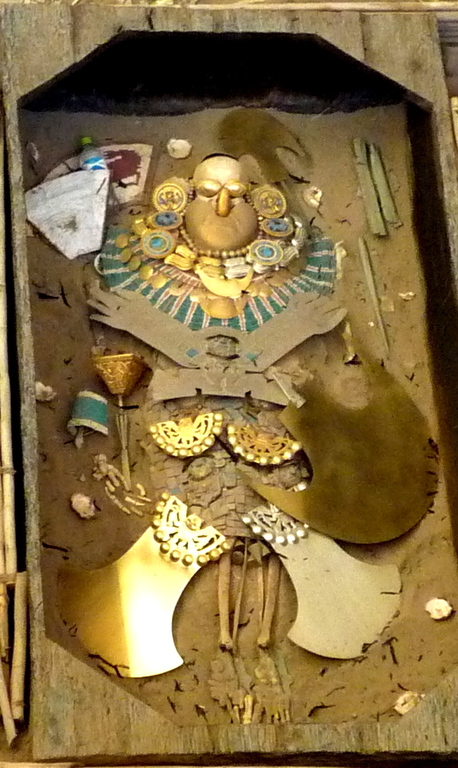
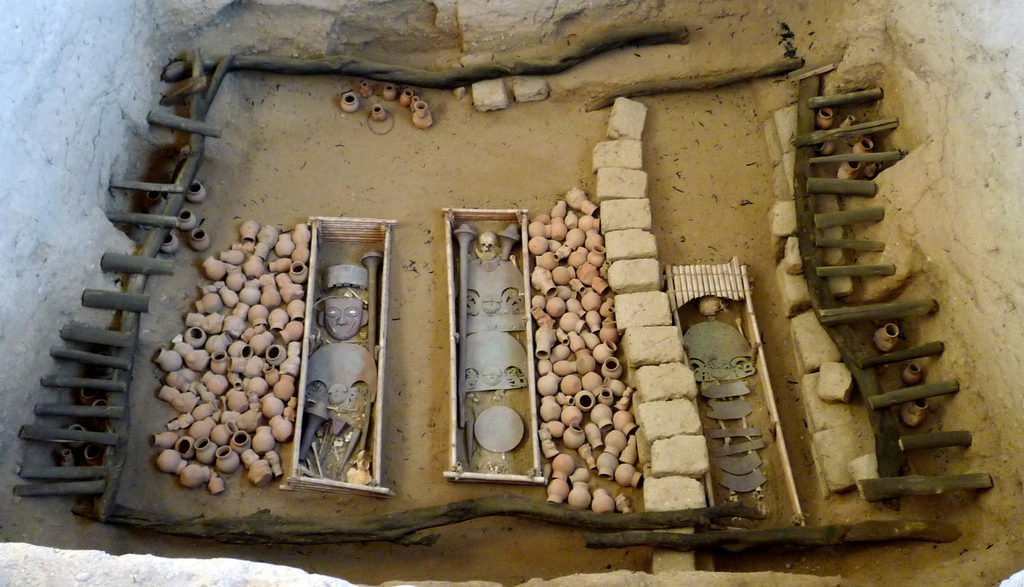
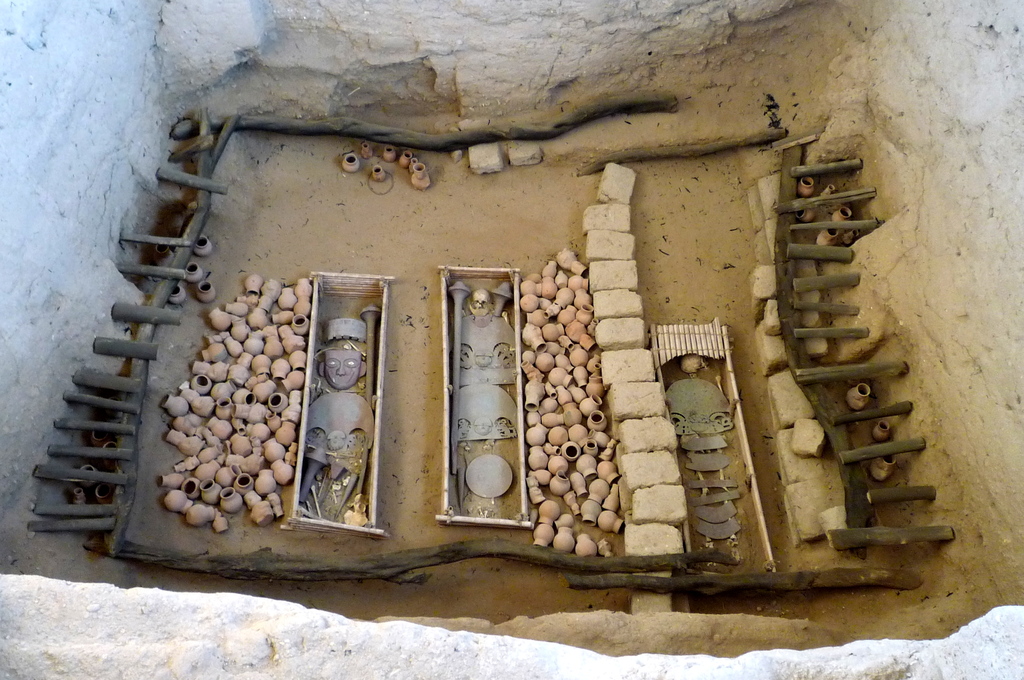
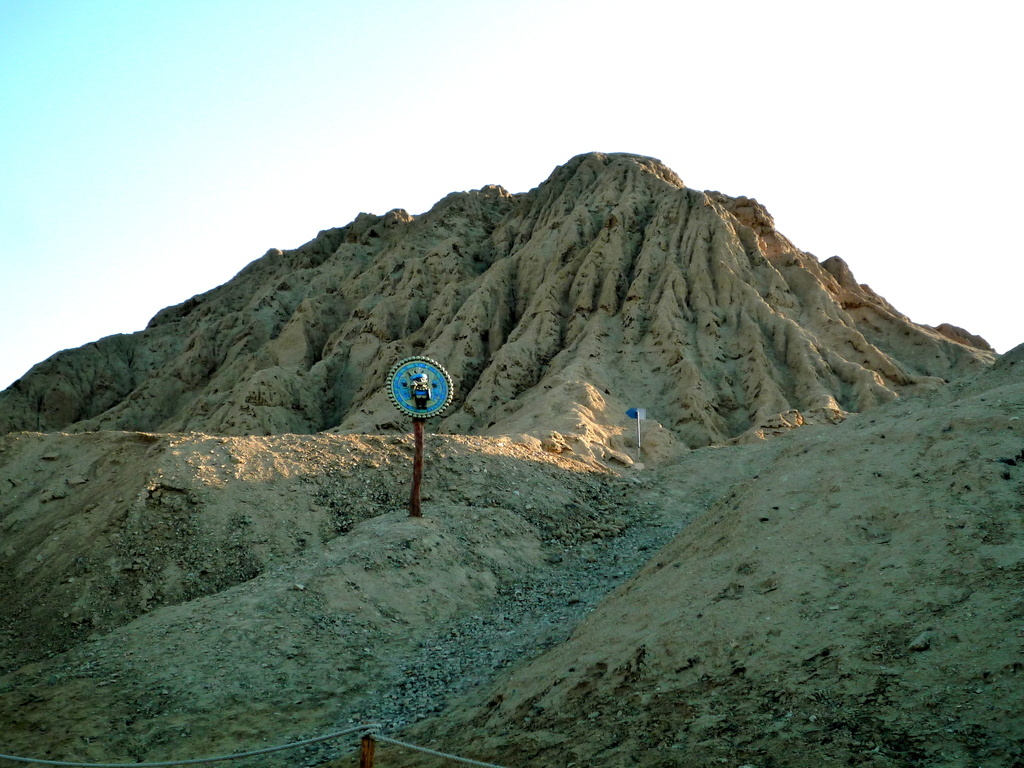
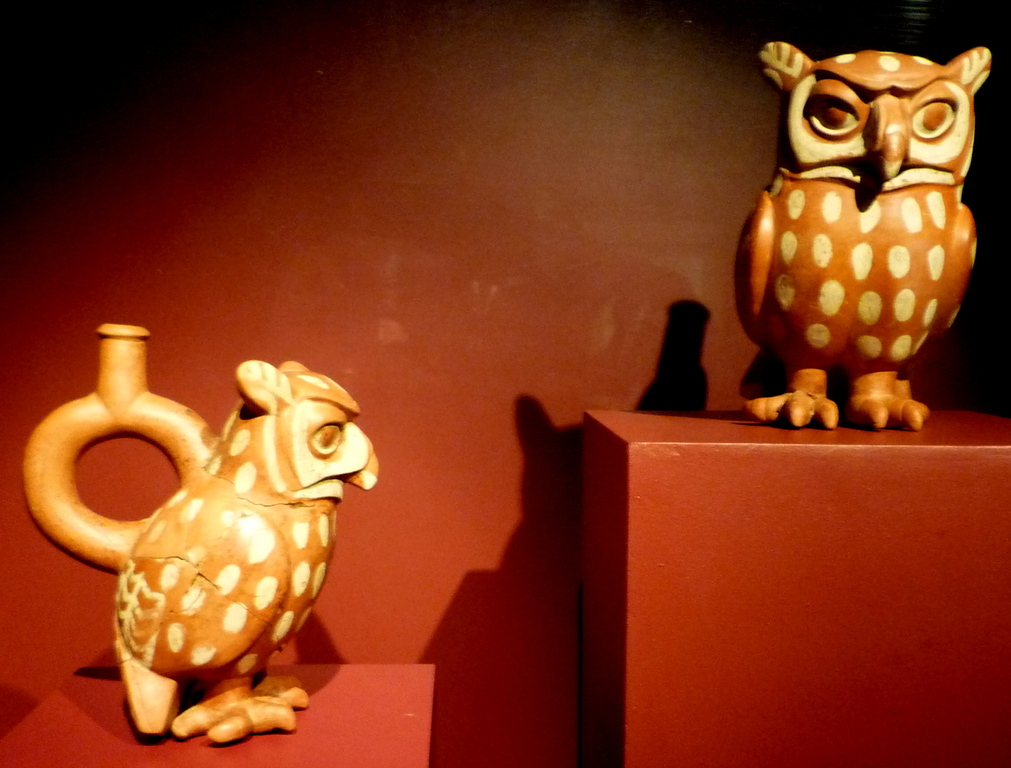
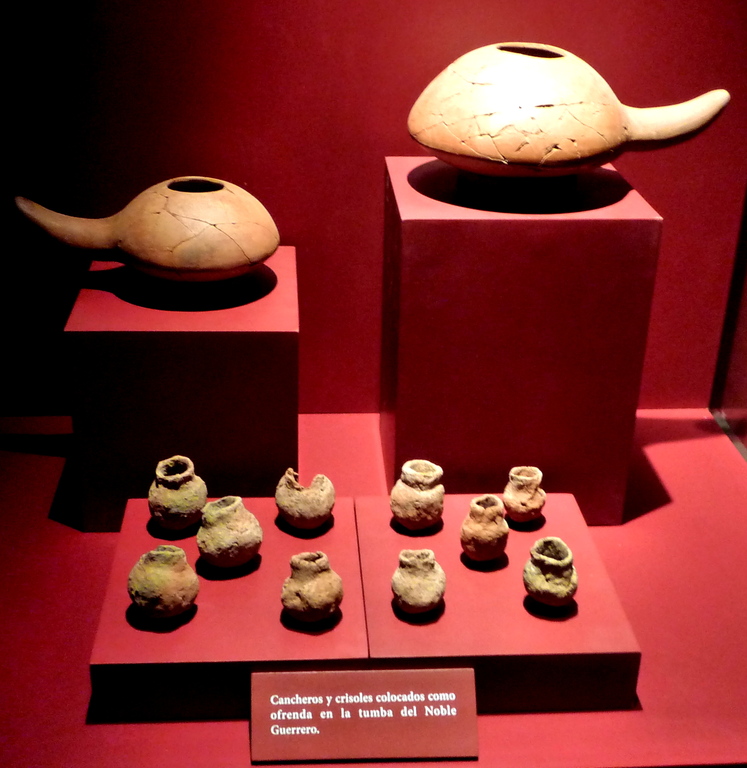
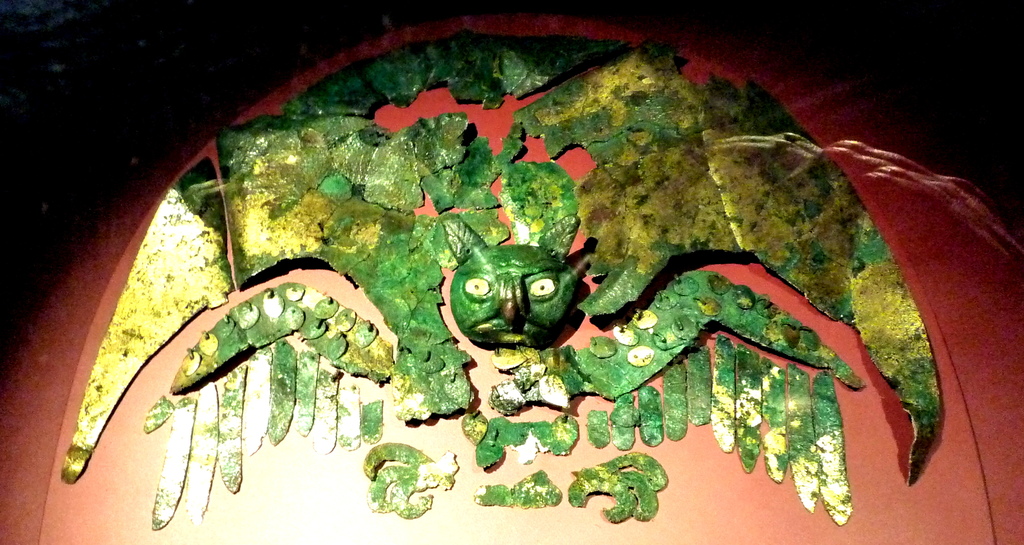
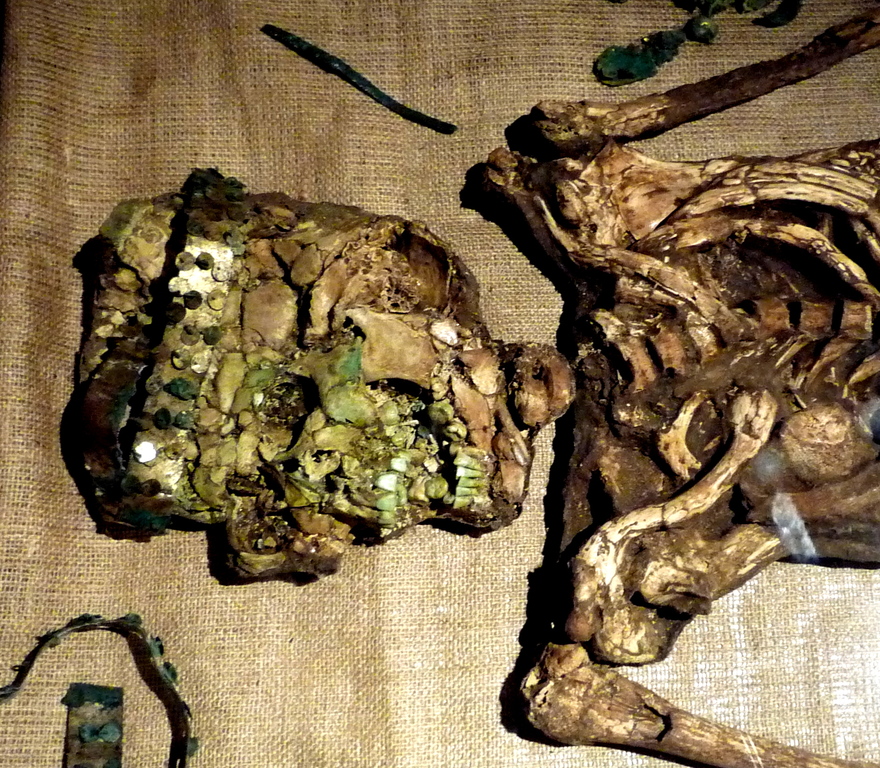
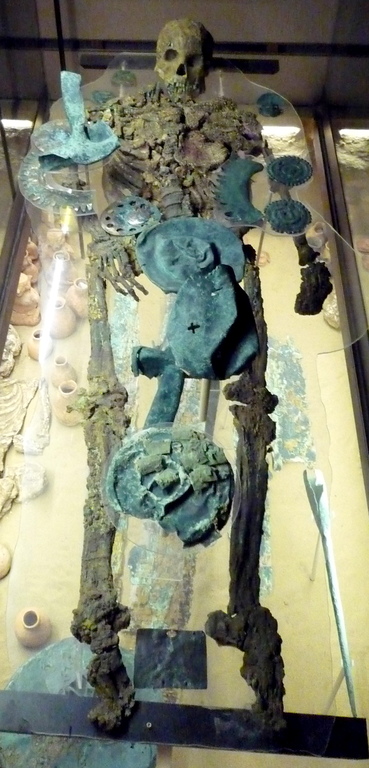
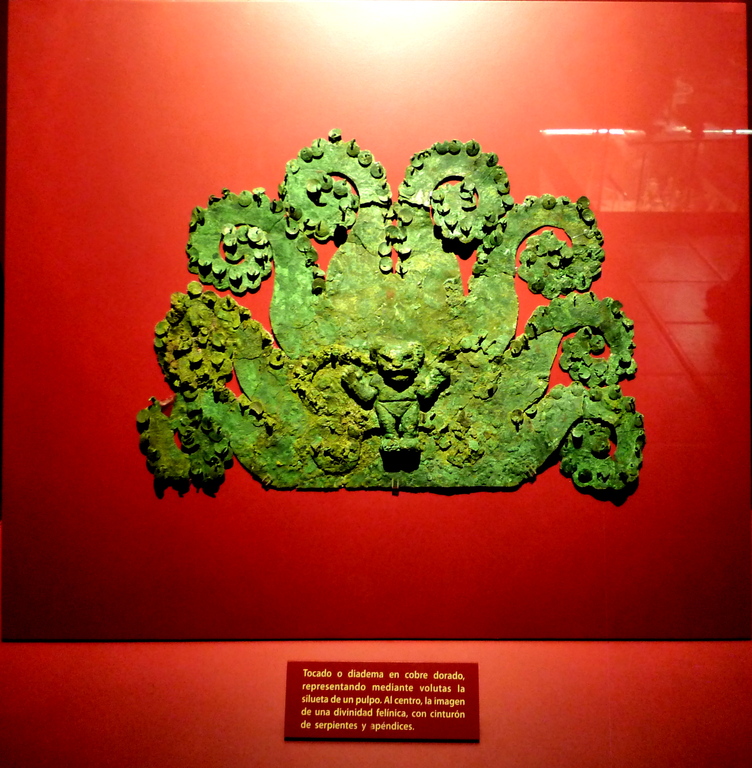
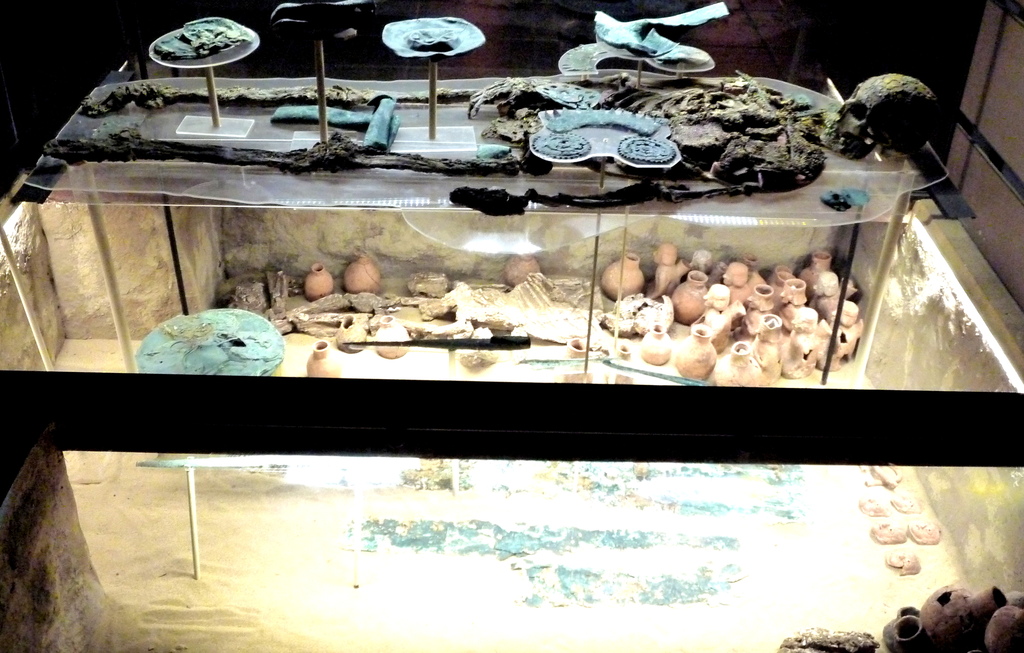
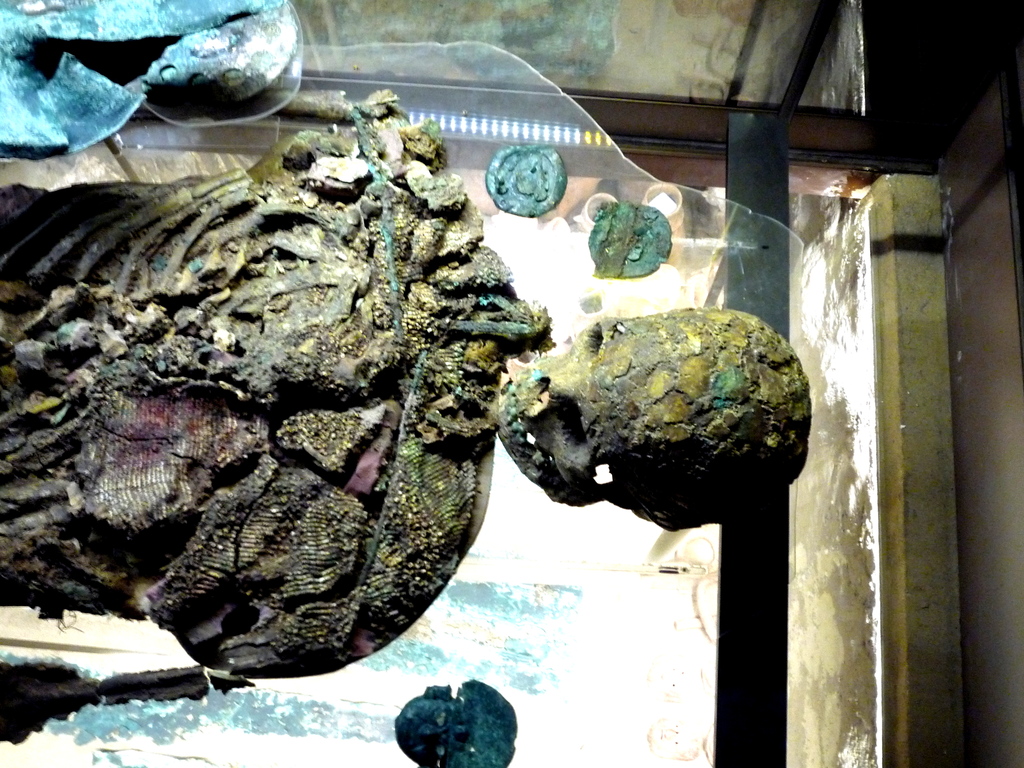
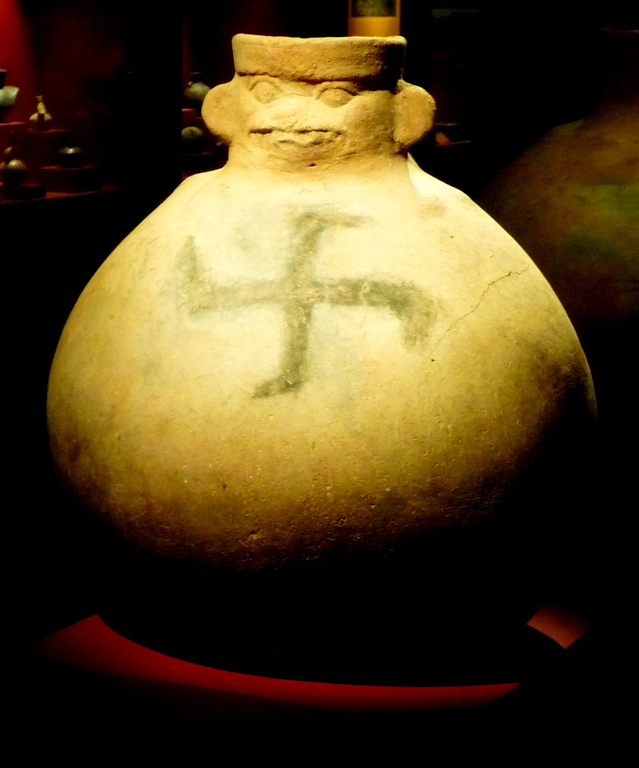
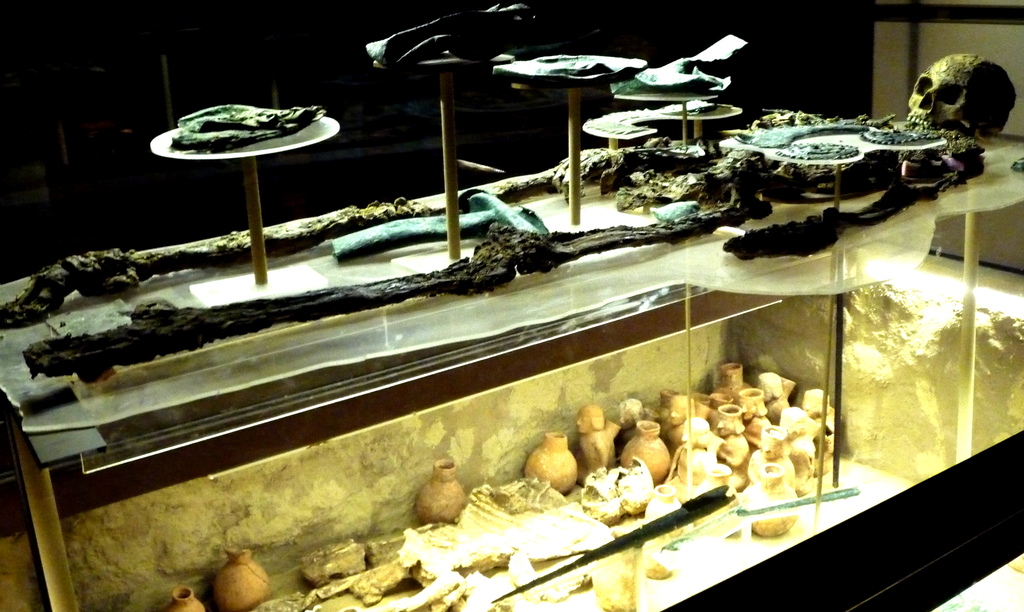
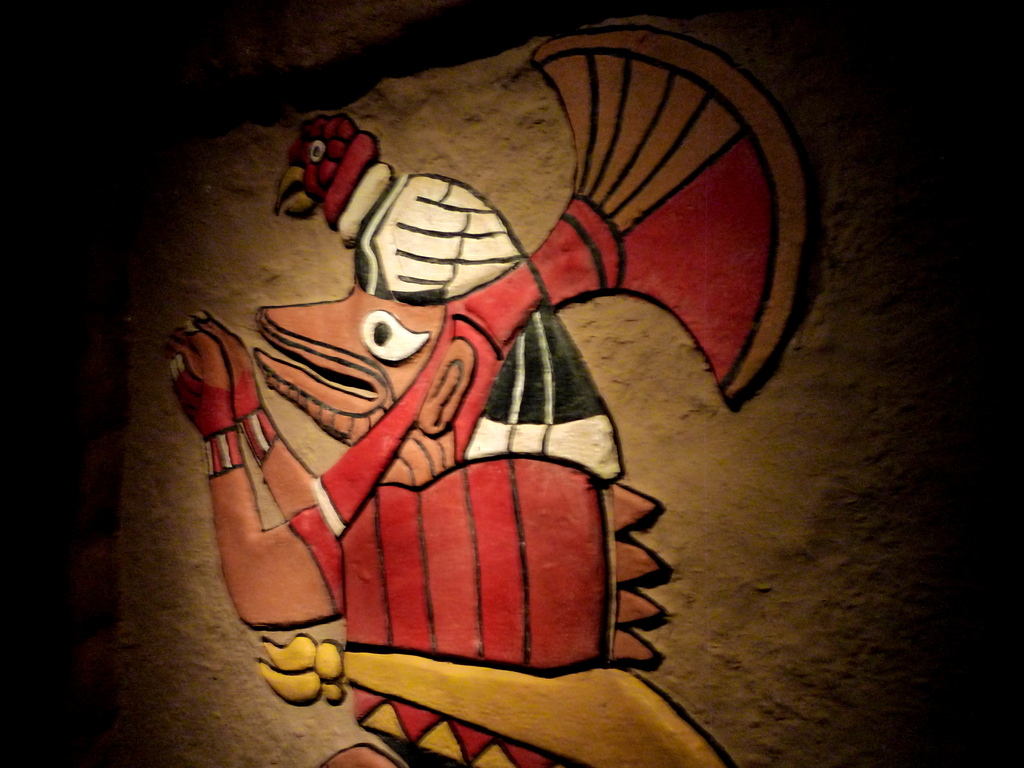
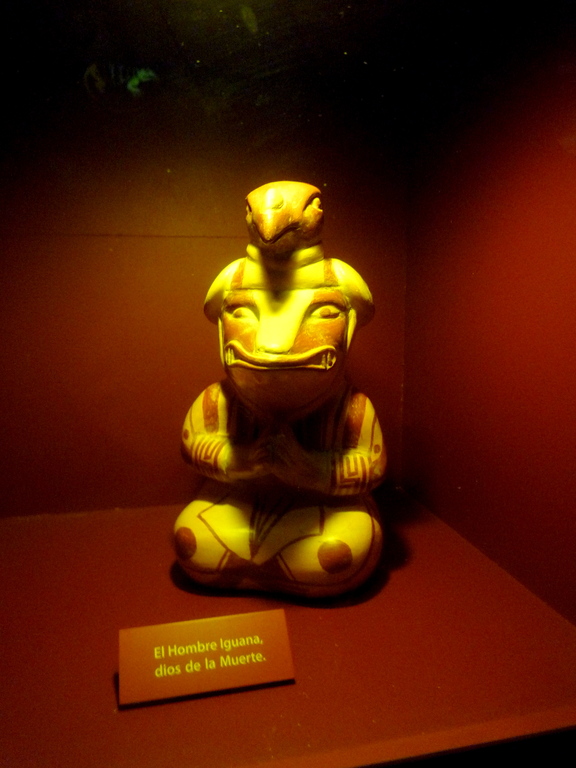
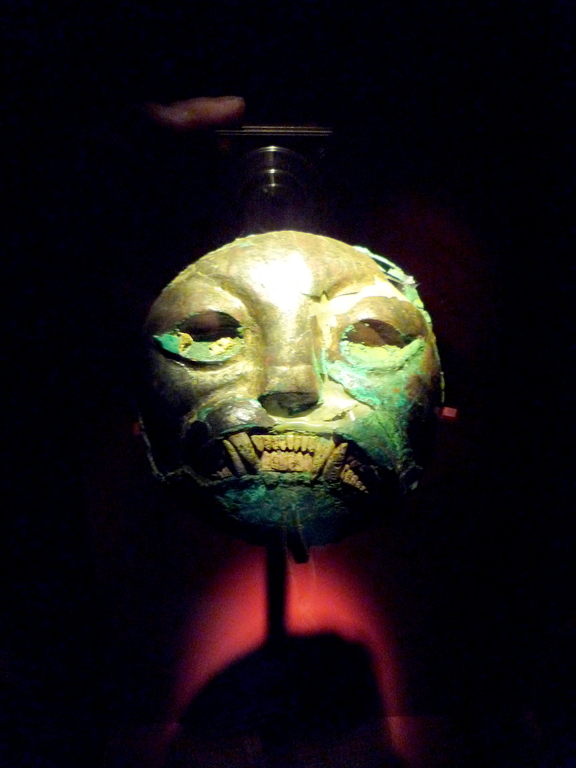
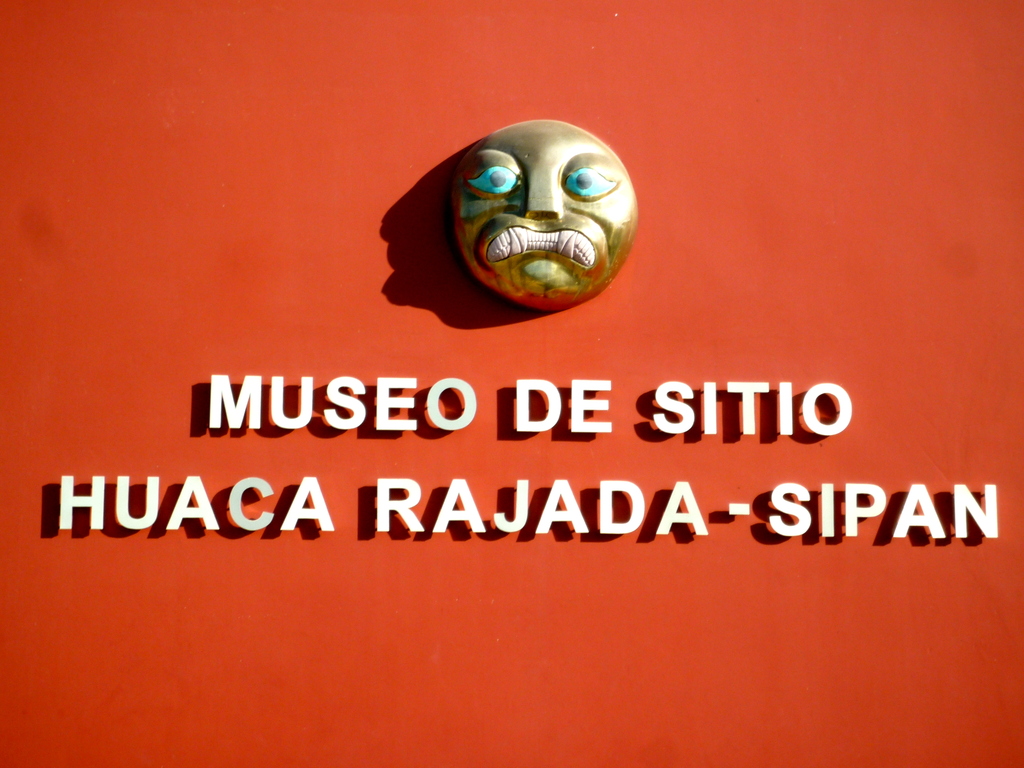
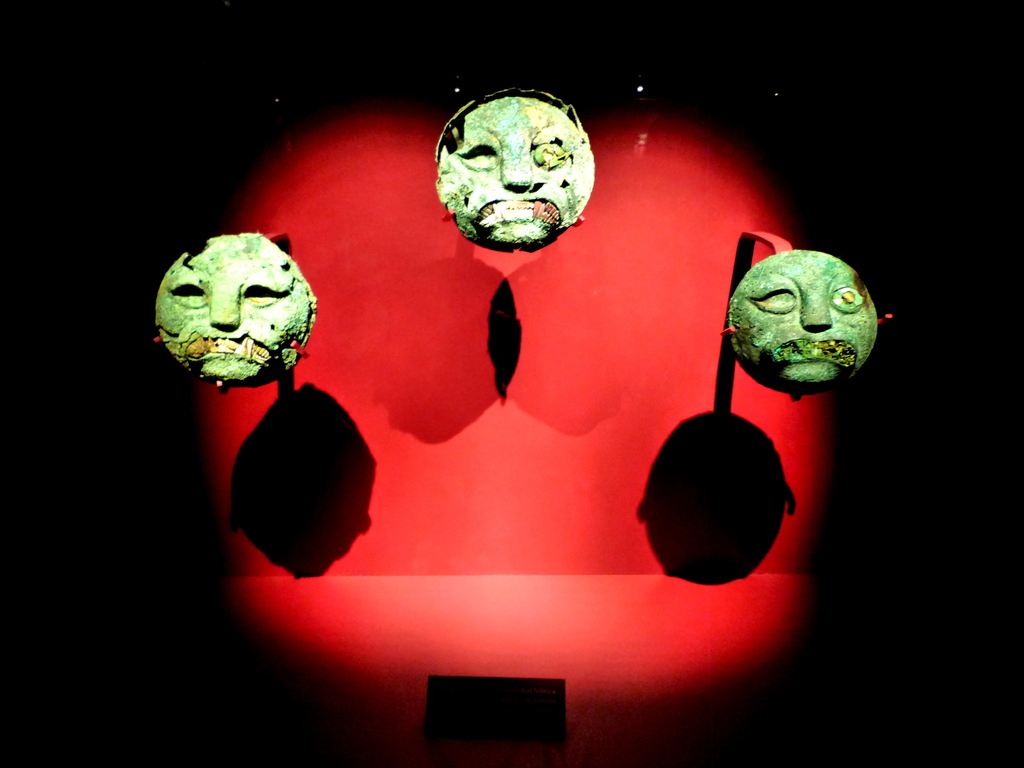
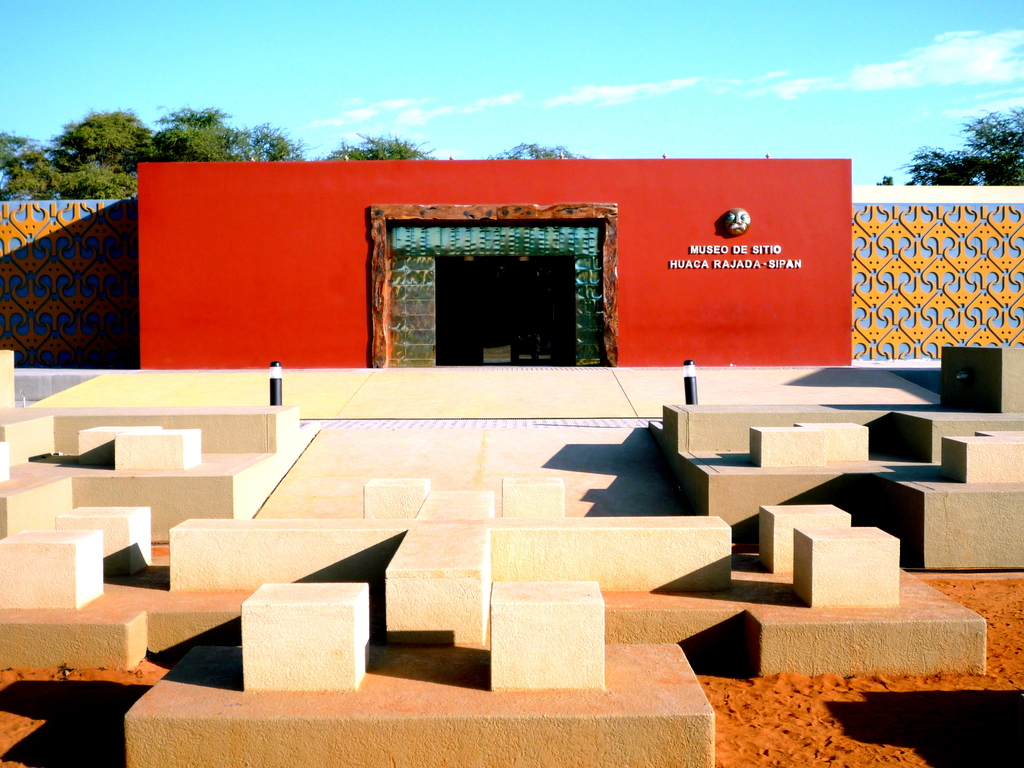
I love reading your stories…so interesting…i just spent the last hour reading them all…some i had read before…but that did not matter…i wanted to read again…the pics are fabulous too…your stories and then all the pics retell your stories…keep them coming!!!
Really cool Cate! Thanks for sharing, the owls are my favorite.